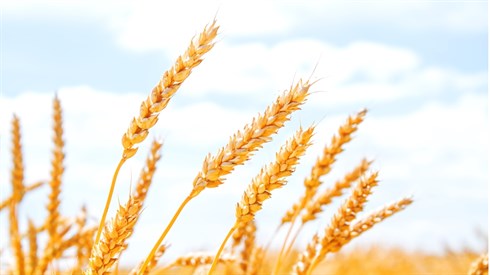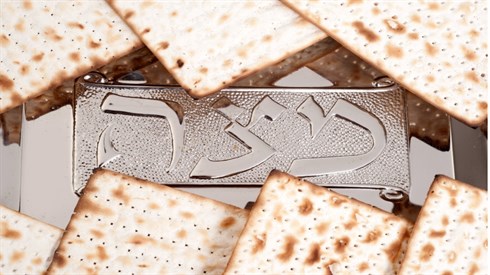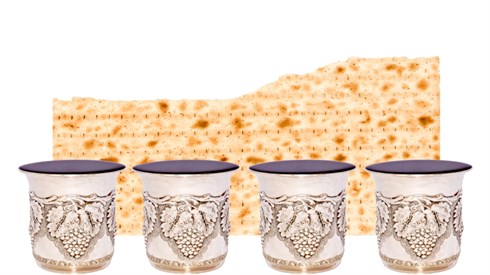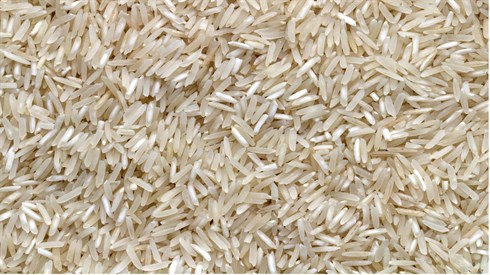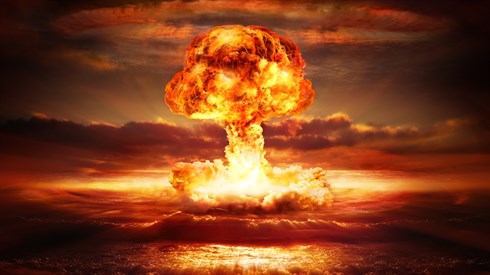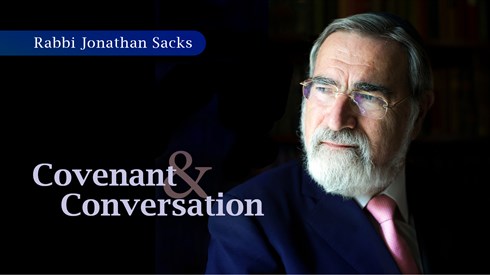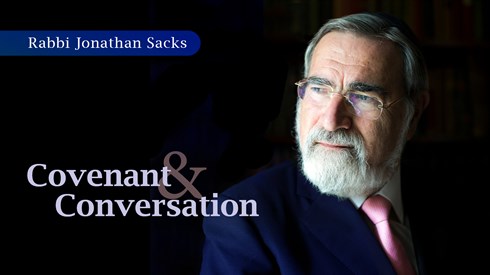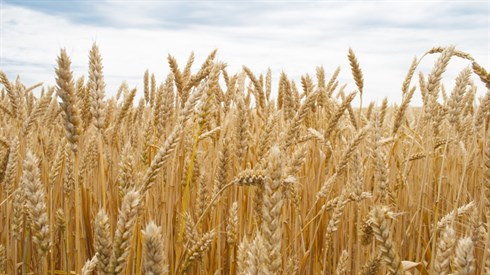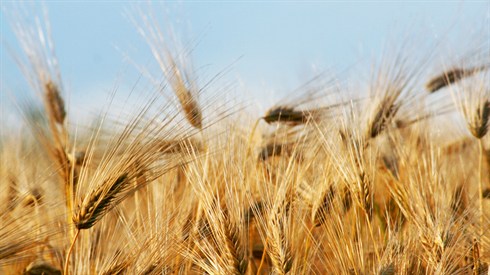Purim
Text size
Times for Fast of Esther
Jerusalem
| Start of the fast | End of the fast | ||||
| 4:39 | 18:09 | ||||
| Purim is in Friday, the 14 Adar 14/03/2025 | Shoshan Purim is in Saturday, the 15 Adar 15/03/2025 |
Calendar
-
 From Redemption to Redemption: Purim & Pesah
From Redemption to Redemption: Purim & Pesah
Something interesting about the Jewish month of Adar: In some years there is one Adar, while in leap years, there are two consecutive Adars. This raises the question: In which Adar is Purim celebrated in leap years? The answer is: in the Adar that immediately precedes the month of Nissan, and not the earlier Adar. This is in order that Purim can be commemorated as close to Pesah as possible. The reason this is so important has to do with the inherent link between the Redemption of Purim and that of Pesah. -
 What Mordechai Discovered When He Returned to Shushan
What Mordechai Discovered When He Returned to Shushan
Scholars of the Bible and Rabbinic writings know that the Scroll of Esther took place at roughly the same time as the beginning of the Book of Ezra...During that period, only a small minority of the Jewish People moved back to the Land: just over 43,000 people. The others did not heed the prophetic call, and preferred to remain with the fleshpots and other enjoyments of the exile... But this raises a well-known question: Why did Mordechai HaYehudi, the great righteous man, remain in Shushan, when he had a chance to return to our Holy Land and rebuild Jerusalem and the Holy Temple? Actually, we read in the Book of Ezra (2,2), that Mordechai was one of the leaders of those who did return to the Land of Israel – which means that he later returned to Shushan! Why did he do this?... -
 What Mordechai Discovered When He Returned to Shushan
What Mordechai Discovered When He Returned to Shushan
Scholars of the Bible and Rabbinic writings know that the Scroll of Esther took place at roughly the same time as the beginning of the Book of Ezra...During that period, only a small minority of the Jewish People moved back to the Land: just over 43,000 people. The others did not heed the prophetic call, and preferred to remain with the fleshpots and other enjoyments of the exile... But this raises a well-known question: Why did Mordechai HaYehudi, the great righteous man, remain in Shushan, when he had a chance to return to our Holy Land and rebuild Jerusalem and the Holy Temple? Actually, we read in the Book of Ezra (2,2), that Mordechai was one of the leaders of those who did return to the Land of Israel – which means that he later returned to Shushan! Why did he do this?... -

-

-

-
 The Awesome Power of Purim
The Awesome Power of Purim
The most important aspect of Purim is happiness and joy – and sometimes, the very insight into Divine Providence alone is more joyous than rescue and salvation! -

-
 Extended Purim Seuda
Extended Purim Seuda
My family likes to have the Purim seuda toward the end of the day, and then we eat well into the night. What are the halachic implications? -
 The Joy of Purim
The Joy of Purim
The Joy of Purim possesses two central aspects: Firstly, what had initially been evil was transformed into good; secondly,the Jewish people received the Torah through free will.
Keep Reading...
<
65432
>
